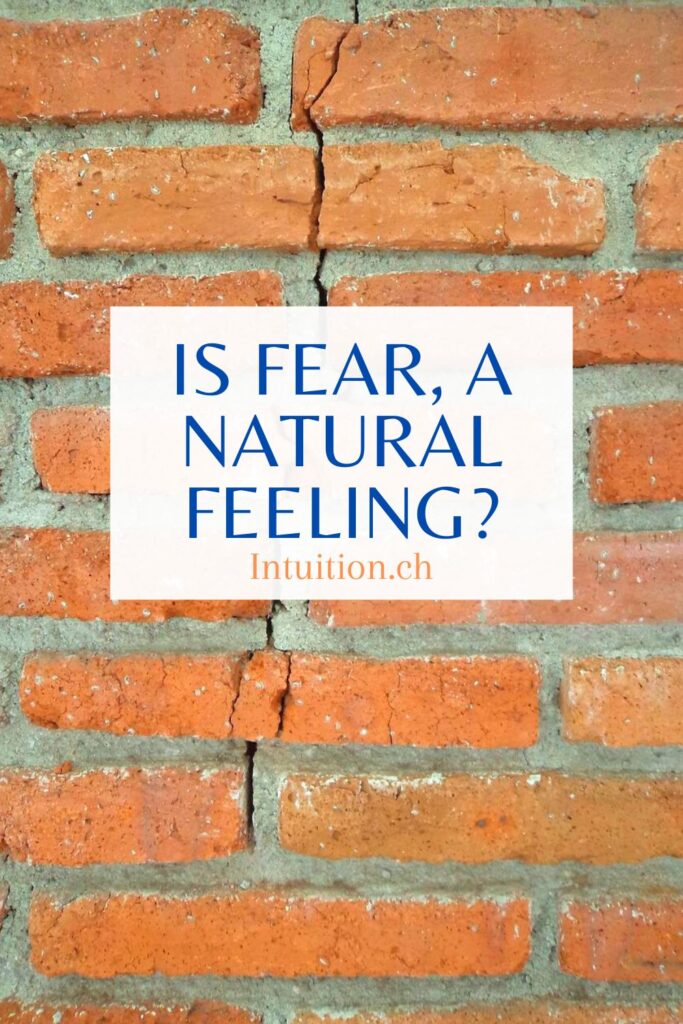Inhalt / Content
When is it too much with anxiety? Panic or being paralyzed? How can I address my anxiety? How does yoga help with anxiety disorders? Every person is different. When people claim they have no anxiety, they are often just facing a difficult situation openly but cautiously. It is possible to achieve this attitude. Unfortunately, nowadays it is often the other way around.
What is an anxiety disorder?
Approximately 25 percent of all people go through an anxiety disorder at some point in their lives. It means that they suffer from an exaggerated fear or get scared where there is no threat. This is because anxiety is a natural and vital emotion. It makes us cautious, protects us from putting ourselves in danger.
Can anxiety disorders be treated?
This overwhelming anxiety is treatable with the help of psychotherapy and/or medication. Anxiety disorders also include claustrophobia, such as fear of enclosed spaces, panic disorder, sometimes unfounded, or the well-known test anxiety, as well as fear of a presentation or a meeting with the boss.
Social phobias and specific phobias are also included. Treatment involves facing up to the anxiety-provoking situations and not avoiding them.
When does an anxiety disorder need treatment?
If the feeling of fear that should protect us becomes a threat, then something should be done about it. Some people are rigid and paralyzed with fear. Others have physical signs such as sweating, shortness of breath and racing heart, trembling and nausea, chest tightness or dizziness, which are physically stressful in the long run. In addition to a reduced quality of life, there can be far more massive consequences. These include depression, suicidal thoughts or escape into tranquilizers, alcohol or drugs.
How can yoga help with anxiety disorders?
Medical professionals usually recommend accompanying sports and relaxation techniques for treatment. With its elements such as yoga postures, breathing techniques and meditation, yoga offers a good range of help.
The mentioned signs like trembling and palpitations etc. were once very useful. It shows that the sympathetic nervous system is activated, the part of our nervous system that puts us in fight-or-flight mode. This was important when our ancestors were attacked. Then more blood was distributed in the body and less in the head to have more power for defense or flight.
Energy was conserved in other places like relaxation or even digestion. This was not important now. After a dangerous situation, a change from tension to relaxation normally took place again and the parasympaticus dominated again.
In people with anxiety disorders, this change often no longer takes place, partly because their anxiety no longer disappears completely. For example, only thoughts of a certain situation can cause arousal. As a result, the sympathetic nervous system is predominantly active and relaxation no longer takes place.
Through yoga we have access to our nervous system and can strengthen and activate the parasympaticus. This is important for sufferers to know. This way they no longer feel at the mercy of their anxiety, but gain control over it.
Breathing for acute anxiety?
Yoga includes the pranayamas, the breathing techniques. They are a way to access both our body and our psyche. By breathing consciously, being aware of our breathing, we can control our physical functions and likewise our psyche. We can thus move from an agitated situation with shallow, rapid breathing to calm breathing and adopt a relaxed posture.
This is especially successful when we internalize the breathing techniques. As a result, we generally become more calm and have a tool against it in situations that cause anxiety.
One example is to breathe in deeply and exhale with a long drawn out «U». This breathing activates the «root chakra» which keeps us securely grounded.
Meditation – getting to know your fear?
Meditation is also a self-observation of our thoughts and feelings. If symptoms appear, then in a way we can get to know them and take away their power. Through meditation we can thereby also lose the fear of fear.
Asanas as courage yoga?
Body and mind influence each other. With this we can explain why some yoga positions have a positive influence on our mind. For example, if we practice physical balance, this also affects our mental and spiritual balance.
Recommended exercises are for example the stretching exercises in the four-footed stand, the child’s pose and the downward looking dog. It may happen that a feeling of anxiety arises. In that case, breathing into the fear should be done.
If yoga postures are taken consciously because of feelings of anxiety, then it is important to hold them for at least 30 seconds to activate the parasympathetic nervous system. Focusing the exhalation is another factor that contributes to relaxation.
This article is not a substitute for a doctor’s visit. Those who feel they are suffering from too much anxiety should consult a specialist. Those who would like to try yoga should contact a trained yoga teacher and inform him about it.
